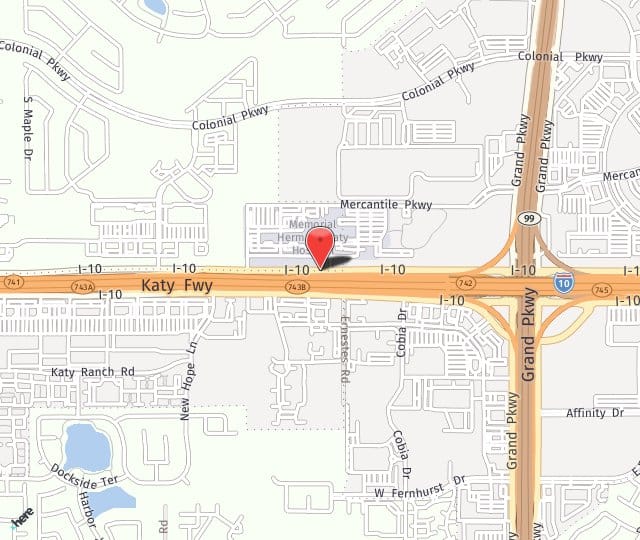Menopause is a normal event in a woman’s life. It is defined as the final menstrual period and its confirmed after 1 year of no menstrual bleeding or no menstrual cycles. It consists in the permanent cessation of menstruation resulting from loss of ovarian function and its most commonly due to an advanced age.
When Does Menopause Occurs?
- Average age of Natural menopause (spontaneously) is 51 y/o
- However it can range from forty to fifty eight y/o and varies from patient to patient (40-58 y/o)
- Can occur prematurely from a medical process (eg, bilateral oophorectomy, removal of the ovaries, chemotherapy from ovarian cancer, cervical cancer, breast cancer etc and radiation therapy)
- At any moment from impaired ovarian function
Menopause is a Stepping Stone in a Woman Reproductive Cycle:
It signal a new phase in a woman’s life and it represent the end of the female reproductive cycle. It is a great chance for reassessment of health status and health goals in women.
Midlife crisis: Fear of aging, financial issues, relationship, health burdens, caregiver burdens, friendships, societal norms, personal fulfillment. All women experience this transition but each does so in a unique and personal way.
Some experts say , how a woman responds to menopause may be similar to the way her mother responded.
Lifestyle, medical history, demographic factors, attitudes, all influence a woman’s perception of menopause
Menopause Terminology:
- Natural menopause: occurs spontaneously and is a normal process
- Premature menopause: occurs before age forty
- Induced menopause: follows bilateral removal of ovaries for example (with or without hysterectomy), chemotherapy, or pelvic radiation therapy
Perimenopause
- It is the time around the last menstrual period, and it's called “menopause transition”
- Begins with variation in the menstrual cycle length of >7 days, it's associated with hormonal changes and ends 1 year after the FMP
- Most of the time is the most symptomatic phase for women
- One year after last menstrual period
- If you don’t have your uterus, it is after the cessation of ovarian function
- Some patients can live up to one third of their lives in menopause
Perimenopause and Ovarian Aging
- Ovaries start to decrease in size
- Number of ovarian follicles decreases markedly
- Production of ovarian hormones decreases
- Follicles in ovary respond poorly to brain hormones
- Erratic ovulation results in menstrual cycle irregularity and high estro levels (Breast Cancer???)
Body Changes:
- Increase in BMI or weight gain up to 5-10 pounds
- Multiple skin changes (decrease skin elasticity & decrease collagen
- Hair changes (loss of hair, or thinning, rogue hairs in face and chin)
- Ocular changes like dry eyes, change in vision, increased lacrimation
- Hearing changes
Menopause Signs and Symptoms:
- Change in menstrual cycle pattern (during perimenopause)
- Vasomotor symptoms (hot flashes & night sweats)
- Vulvovaginal symptoms, dyspareunia
- Sleep disturbances
Other Symptoms Sometimes Associated With This Stage of Life:
- Cognitive problems (memory loss, decrease in concentration)
- Psychological symptoms (depression, anxiety, moodiness). No one universal menopausal syndrome or sign
- Not all midlife symptoms are attributable to this stage in life, as many changes primarily associated with aging are happening at the same time
- Fertility decreases in the mid-30s, before perimenopause symptoms occur
- Miscarriages become more prevalent
- Spontaneous pregnancy still possible though
Vasomotor Symptoms During the Menopausal Transition
- Transient and recurrent episodes of flushing accompanied by a sensation of warmth to intense heat on the upper
torso and head - Referred as “hot flashes” in the morning and “night sweats” at night
- Hot flashes can sometimes involve the whole body
Intensity of Hot Flashes
- Most intense during perimenopause
- Severe in up to 15% of women
- Sometimes decreases in intensity after 3-5 years
- Some persist for a lifetime however of a lesser intensity
- Smokers are more prone to develop severe hot flashes
Factor Contributing to Hot Flashes and Night Sweats During Perimenopause and Menopause
- Warm climate, hot drinks like coffee, spicy food, too much stress, higher BMI weight, smokers, alcohol
- Certain Drugs like SERMs, SSRIs, aromatase inhibitors (breast cancer patients)
- Some medical conditions like thyroid disease, infection, certain cancers, autoimmune disease, psychiatric conditions
- Interesting to know that blood estrogen levels are not predictive of hot flash frequency nor severity
If you would like more information about perimenopause and its transtition, please consider joining our Menopause Discussion Group

